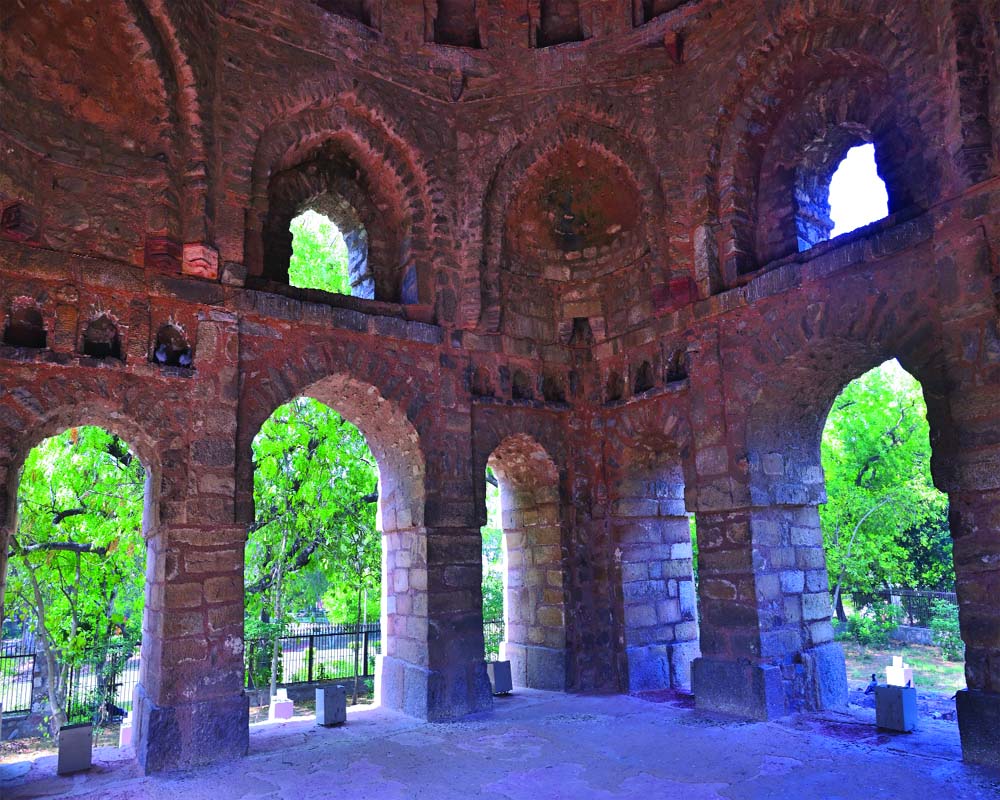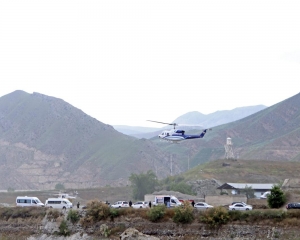A walk through the lesser-known monuments of Delhi which are often overlooked by tourists and locals alike. Pankaj Kumar shot these relics of the past surviving the neglect of the present. Text by Gyaneshwar Dayal
Delhi, the capital of India, is a city steeped in history and teeming with architectural wonders. While iconic landmarks like the Red Fort, Qutub Minar, and Humayun’s Tomb often steal the limelight, there exists a treasure trove of lesser-known monuments waiting to be discovered. These hidden gems offer glimpses into Delhi’s rich past, each bearing its tale of grandeur, resilience, and cultural diversity.
Delhi has seen several upheavals in its lifetime. The city has been built and destroyed seven times over the centuries, each iteration leaving behind remnants of its former glory. From the ruins of ancient cities to the vestiges of medieval fortifications, Delhi’s landscape is dotted with relics that narrate the saga of its multiple reincarnations.
Delhi’s narrative of destruction and rebirth is also echoed in the scattered remnants of its past. From the crumbling walls of Lal Kot, the first fortified city of Delhi, to the weathered tombs of forgotten rulers in Mehrauli, every corner of the city holds traces of bygone eras waiting to be explored. Some monuments like Chhoti Gumti are not mentioned in any guidebook but are part of Delhi’s rich history nevertheless. Here are a few hidden gems for the uninitiated:
Baolis: Among these relics are the Baolis, or step-wells, that served as vital water sources in the arid landscape of Delhi. While Agrasen ki Baoli garners some attention, there are several others scattered across the city, often hidden amidst urban sprawl. Rajaon ki Baoli, though in bad shape is an architectural masterpiece. These architectural marvels, with their intricate designs and subterranean chambers, stand as a testament to the ingenuity of ancient engineers and the importance of water conservation in Indian society.
Jamali-Kamali Mosque: Another hidden gem is the Jamali-Kamali Mosque and Tomb, tucked away in the Mehrauli Archaeological Park. This serene complex, dating back to the 16th century, is adorned with intricate blue tiles and delicate carvings, reflecting the fusion of Persian and Indian architectural styles. The tomb houses the graves of the Sufi saint Jamali and an unknown person referred to as Kamali, their mystique adding an aura of enigma to the site.
.jpg)
Dada Poti Ka Maqbara, nestled amidst the bustling streets of Old Delhi, is yet another overlooked monument. Believed to be the tomb of a nobleman and his granddaughter, the structure showcases a blend of Mughal and Rajasthani architectural elements, with its distinctive red sandstone facade standing in stark contrast to the surrounding chaos.
As we wander through the labyrinthine streets of Delhi, let us not overlook these lesser-known monuments that silently bear witness to the city’s tumultuous journey through time. Each crumbling archway, weathered dome, and peeling carved pillar is a testament to Delhi’s enduring spirit and the resilience of its people. By delving into the hidden corners of the city, we can unravel the layers of its past and gain a deeper appreciation for its rich cultural heritage.


























